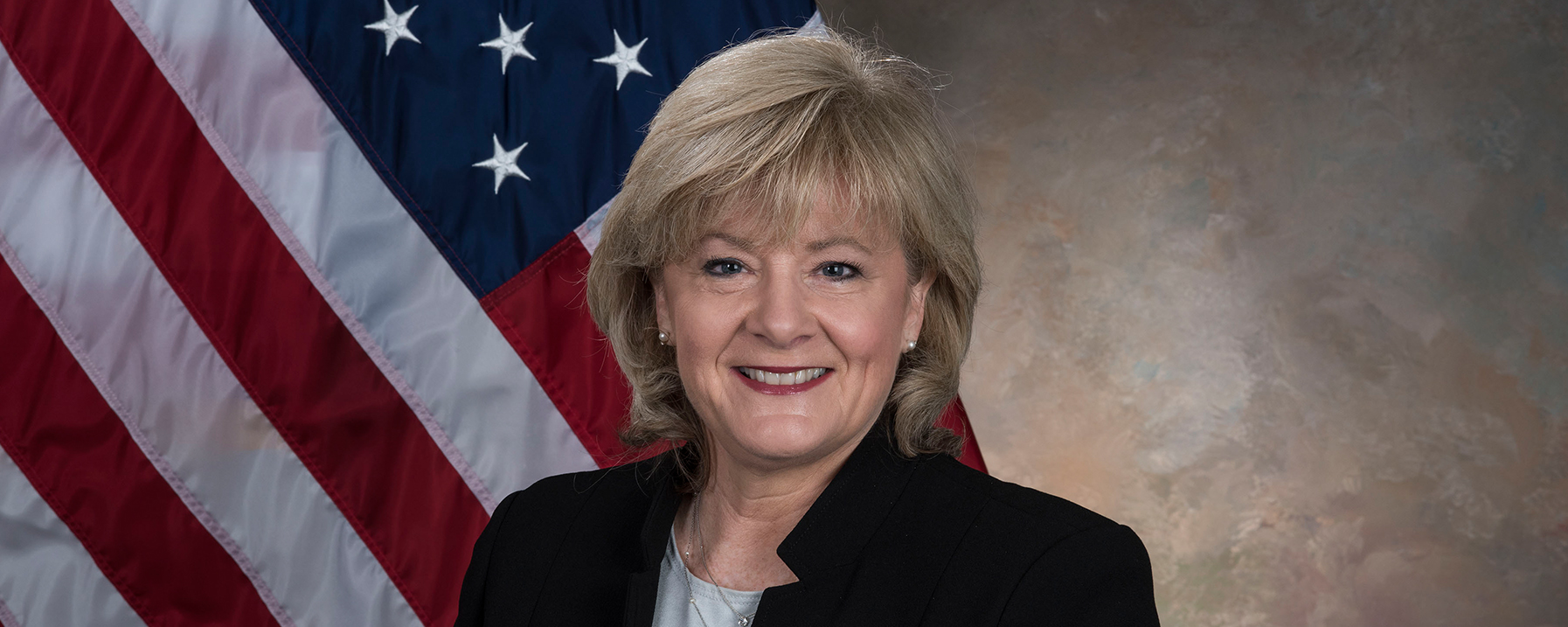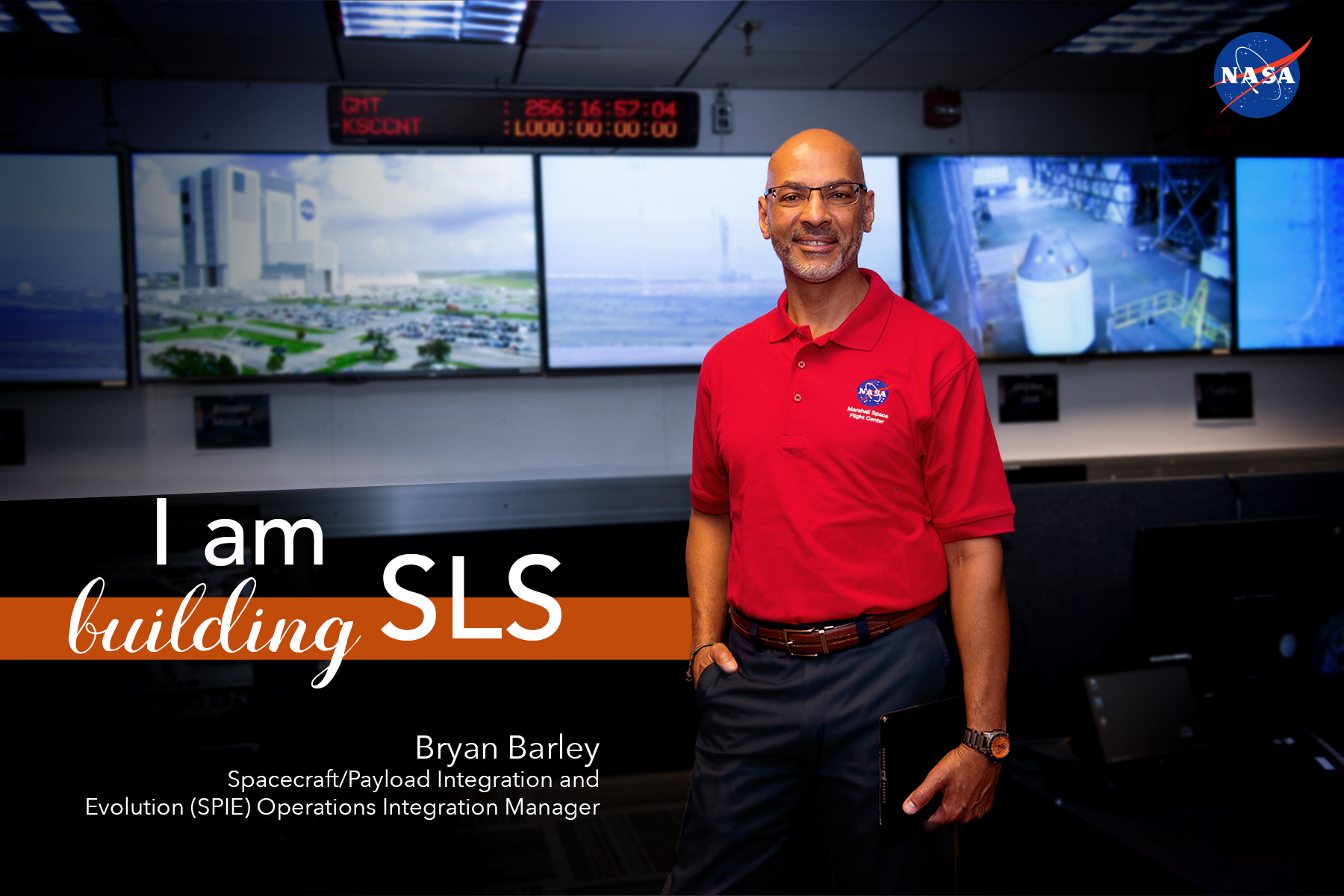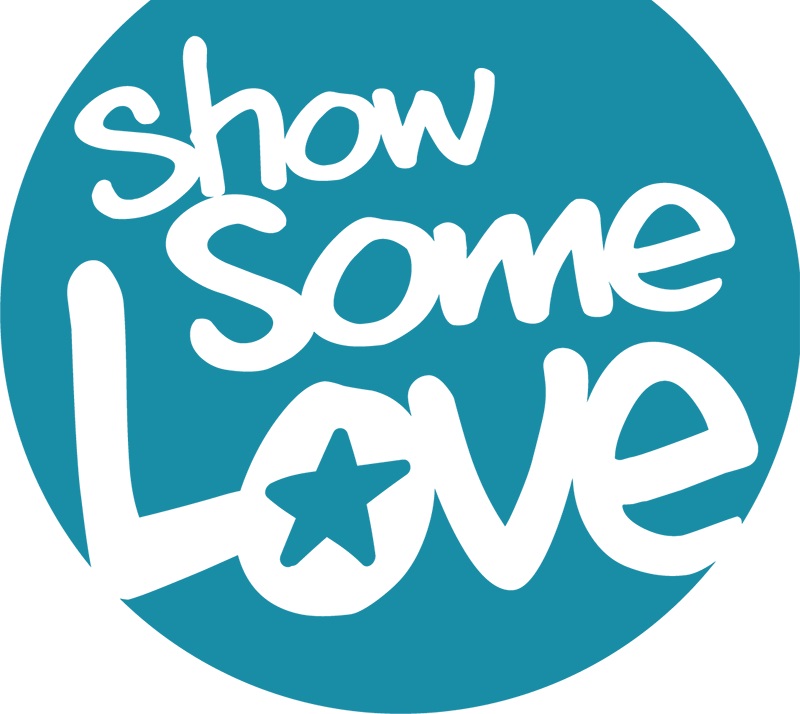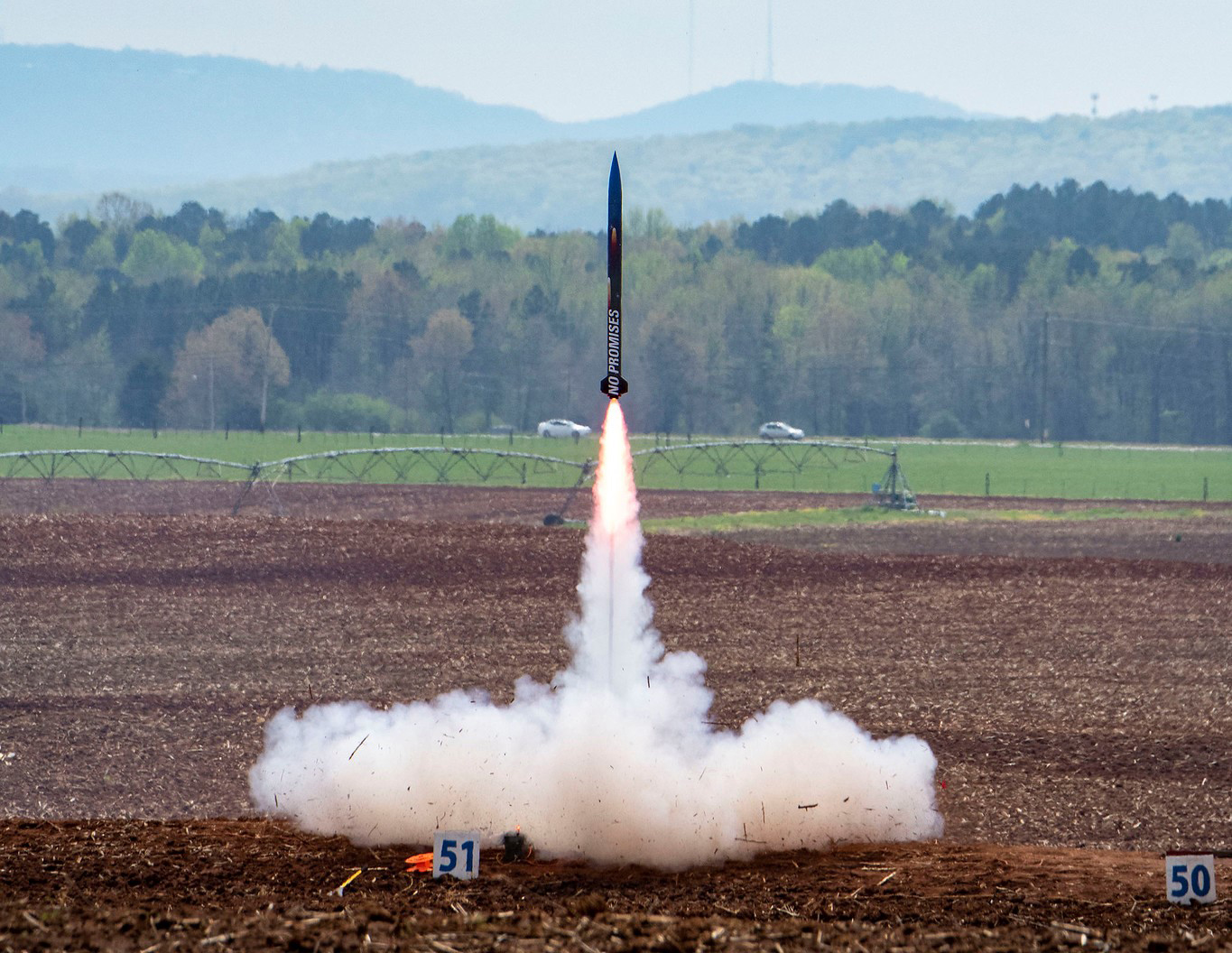In This Week’s Star
- Director’s Corner: Keep the Momentum Going
- I Am Building SLS: Bryan Barley
- Marshall to Host Combined Federal Campaign Kickoff Rally Oct. 22
- 64 Teams to Compete in Marshall’s 2020 Student Launch Competition
- International Observe the Moon Night Inspires Future Explorers
- This Week in NASA History: STS-112 Launches to Space Station – Oct. 7, 2002
Director’s Corner: Keep the Momentum Going
This summer we celebrated one of humanity’s greatest engineering and scientific achievements — when the Apollo 11 mission successfully landed the first astronauts on the Moon. Apollo 11 captured the world’s attention and brought America together as one nation. As we approach the first launch of Artemis I, we know that the world will be watching once again. You can feel that same excitement and momentum growing around the agency and here at NASA’s Marshall Space Flight Center.
We continue to celebrate another historic achievement with the 20th anniversary of the Chandra X-Ray Observatory. Chandra’s story is one of cooperation, achievement and profound scientific discovery. The Chandra mission wouldn’t have happened without the people who had a vision and the persistence to make it happen. Originally only scheduled to last five years, Chandra has exceeded expectations and led scientists, engineers and everyone who looks at the stars to have a much better understanding of our universe.
While it was a summer of celebrating historic achievements, it was also a time of progress as the Space Launch System moved one step closer to the launch pad after another round of successful tests at Marshall. I hope you were able to see the liquid hydrogen tank and liquid oxygen tank structural test articles as they arrived at Marshall on the Pegasus barge earlier this year for testing. These tests, along with other core stage testing, will help ensure the success of the first and subsequent flights of the SLS and the Orion spacecraft.
When we begin testing on the liquid oxygen tank this month, it will mark the seventh structural test article we’ve tested here for SLS. That is an amazing accomplishment, and I want to say “thank you” to everyone who played a part in these successful testing campaigns.
As SLS structural test articles successfully passed tests, engineers at NASA’s Michoud Assembly Facility recently completed a major milestone by finishing the assembly and joining the main structural components for the SLS core stage. This is an exciting time as we finish the first-time production of the complex core stage that will provide the power to send the Artemis I mission to the Moon.
The next big milestone will be when we perform the Green Run Test at NASA’s Stennis Space Center. We are doing green run for many reasons — one of which is to ensure astronaut safety. But we do many smaller things in our everyday lives that ensure our own safety here on the ground in order to continue doing what we do best. To deliver on our mission, we must continuously strive to become an incident- and injury-free workplace, and I was proud to see so many of you working to do that at our annual Safety Day last week.
The momentum continued in August, when NASA Administrator Jim Bridenstine was here to announce that we will lead the agency’s efforts with the Human Landing System Program. That didn’t happen by accident. We didn’t just hope for it — we gave the agency a reason to select Marshall because we were proactive and we had a plan. Our experience and expertise with propulsion systems and lander technologies make Marshall the best place to headquarter these collaborative industry partnerships.
Last week, at our all-hands meeting, we talked about the continuing resolution that will keep the government funded through Nov. 21. My responsibility — and that of your entire executive leadership team — is to represent you and keep you in the loop with any new developments. It’s important to remember that we enjoy bipartisan support from Congress, and we have support from the agency and the White House. This is reflected in policies, actions and words.
Marshall’s future is supported by the value of its work, and what we do is only possible because of the men and women that make up our team. You’ve heard me say it before, and I’ll say it again: People are our most important asset. Thank you for your dedication, attitude and enthusiasm. Let’s keep the momentum going!
I Am Building SLS: Bryan Barley
Begin with the end in mind. It’s a common recommendation for making a project successful. As operations and integration manager for the upper stage and payload section of NASA’s new deep space rocket, the Space Launch System, this is how my team works every day.
My goal is to make sure the SLS upper stage, called the interim cryogenic propulsion stage, NASA’s Orion crew spacecraft and science payloads are safely integrated with the rocket so Orion and the payloads can reach their orbits, have successful missions and do great science. Integration is when all the parts needed to make up a mission — the rocket, the Orion spacecraft and anything else the rocket is sending to space — are put together before a mission. For Artemis I, the interim cryogenic propulsion stage will boost Orion to translunar injection so it can reach the Moon and then the upper stage will deploy 13 small science and technology missions.
On future Artemis missions, my team and I will work to integrate Orion with SLS so NASA can put the first woman and the next man on the Moon. On other flights, our payload might be a large-aperture space telescope or spacecraft the country has invested in to reach destinations deep within the solar system. Who knows what kind of discoveries we’ll make? These different payloads all have unique needs that my team has to consider when helping to make it possible for them to ride on a rocket that can send them soaring more than 24,000 miles per hour.
The key to success is planning early. This includes mapping out a “concept of operations,” which is a picture of how the rocket and spacecraft mission will operate to achieve the mission’s goals. After the “conops” phase, I have input into the design and manufacturing phases to make sure the upper stage and in-space part of the rocket will be successfully assembled and launched later on. I evaluate the impacts of early decisions on the later operational phases, which include transporting and handling the enormous pieces of the rocket, assembling and stacking them at NASA’s Kennedy Space Center and getting ready for the big day: The day we are GO for launch!
On that day, my team and I will be following the launch from behind the consoles in the new SLS Engineering Support Center at NASA’s Marshall Space Flight Center, monitoring real-time information on the rocket’s many complex systems before and during flight. My role is kind of like conductor of an orchestra. As a matter of fact, I was a music major before I switched to electrical engineering in college at the University of Alabama in Huntsville, so I have a little practice making diverse parts come together harmoniously — and on time. Launching SLS with Orion and payloads to the Moon and beyond requires tremendous coordination among many people from many organizations who play many roles. When it’s time for the big show on launch day, everything will go smoothly because we’ve thought about the beginning steps with the end in mind. And, we’ve practiced our parts for months ahead of time with training, launch simulations, voice loop tests and more.
SLS is special not just because it will take astronauts back to the Moon, but because we’ve built it for America, in the public eye and for a whole new generation of explorers. When it launches and accomplishes its deep space missions, it’s going to be great for our country. It’s a unique asset for space exploration, and I’m proud to be a part of the SLS Program.
Marshall to Host Combined Federal Campaign Kickoff Rally Oct. 22
By Rick Smith
On Oct. 22, NASA’s Marshall Space Flight Center will officially launch its support for the Tennessee Valley Combined Federal Campaign, the annual federal government goodwill drive to benefit local, state and national charitable organizations.
Marshall team members are encouraged to “Show Some Love” — the theme for this year’s campaign — by participating in a kickoff rally Oct. 22 in Activities Building 4316. The charity fair will run 10:30 a.m.-2:30 p.m., and the formal kickoff ceremony will take place from 1-2 p.m. The rally will include Marshall’s partners in the Tennessee Valley CFC, including the U.S. Army Aviation and Missile Command and other federal agencies at Redstone Arsenal and in surrounding Alabama and Tennessee counties.
“Once again, it’s our privilege to come together with our Team Redstone partners to champion the causes that matter most — caring for those in need, giving back to our community and our country, demonstrating the fraternal spirit that is the backbone of Marshall, Alabama and the nation,” said Mary Hovater, technical manager in the Office of Strategic Analysis & Communications and Marshall CFC chair for 2019.
Rally speakers will include Marshall Associate Director Steve Miley, Redstone Garrison Commander Col. Kelsey A. Smith and Terri Stover, public affairs officer for the U.S. Army Security Assistance Command. Some 50 charity vendors — the most in Redstone’s campaign history — will share information about their services and the benefits of CFC, one of the largest workplace giving campaigns in the world.
Team members interested in being organization leads for CFC or working specific activities are also encouraged to join a training session Oct. 15 from 1-2:30 p.m. in Building 4200, Room P110. Contact Hovater or vice chair Kristin Morgan for details.
The campaign, which will run until January 12, 2020, will include “Causes of the Week.” Coinciding in many cases with national and international days or months of recognition — such as Breast Cancer Awareness Month in October and Veterans Day on Nov. 11 — these weekly spotlights will showcase various charitable organizations and need-based causes supported by CFC.
“Whatever your charity of choice, now is the time for us to come together to support it and so many others,” Hovater said. “To stand up for those in need. To show some love.”
Since CFC was founded in 1961, the national effort has raised more than $8.3 billion for charitable organizations. Team members can learn more about the campaign and download contribution materials on ExplorNet, or sign up for updates about the national effort. Follow the Tennessee Valley CFC effort on Facebook and Twitter.
Smith, an ASRC Federal/Analytical Services employee, supports the Office of Strategic Analysis & Communications.
64 Teams to Compete in Marshall’s 2020 Student Launch Competition
By Brice Russ
The quiet fields of North Alabama await the high-flying rockets of teams competing in the 20th year of NASA Student Launch. Before those rockets can fly, though, they have to be designed, built and tested by middle and high school, and college and university teams — members of the Artemis generation. These young scientists and engineers will lead the way as we explore: first the Moon, on the Artemis missions, and then Mars.
On Oct. 3, NASA announced the 64 teams from 21 states and Puerto Rico participating in the 2020 NASA Student Launch competition, managed by NASA’s Marshall Space Flight Center.
The eight-month program requires the student teams to design, build, test and fly a payload and high-powered amateur rocket between 4,000 and 5,500 feet in altitude. All teams must meet multiple documentation and presentation milestones with NASA rocketry experts as they develop their rocket.
New to the competition this year is the college division’s payload challenge. In the past, teams were given payload options to develop — such as a rover or unmanned aerial vehicle. This year, though, the teams must collect 10 milliliters of simulated lunar ice from one of five sample locations around the launch field, then navigate at least 10 feet away from the site with the sample safely stored aboard the vehicle. How they complete the mission is up to them.
The payload task resembles aspects of mission design and planning faced by NASA and industry engineers when exploring planetary bodies, such as the Moon, which has water ice at its south pole. Teams in the middle/high school division can choose to compete in the college division payload challenge, or they can develop a scientific or engineering payload of their own design.
As introduced in the 2019 competition, teams will continue to “call their shot” and predict their rocket’s altitude. When teams submit their preliminary design review package to NASA in November — one of the key milestones in the competition year — they will submit their predictions and target altitudes for launch day, to be held in Huntsville in April 2020. Last year’s Altitude Award winner in the college division was within 12 feet of their target altitude, while the winner in the middle/high school division was within 187 feet of theirs.
Teams are also evaluated and given points and awards in nearly a dozen other categories, including safety, vehicle design, social media presence and STEM engagement. The Science, Technology, Engineering and Mathematics Engagement Award encourages and recognizes teams for sharing their knowledge and experiences with the next generation of engineers, scientists and explorers.
Marshall’s Office of STEM Engagement manages Student Launch to stimulate innovation and advance NASA’s Human Exploration and Operations mission through collaboration with educational institutions and students – the Artemis generation who will help us explore the Moon and Mars. NASA’s Office of STEM Engagement furthers the agency’s goal of encouraging students to pursue degrees and careers in the STEM fields through multiple challenges, including Student Launch. The Human Exploration and Operations Mission Directorate and the Office of STEM Engagement, along with Northrop Grumman and the Huntsville chapter of the National Space Club, provide funding and leadership for the initiative.
Entering its third decade of competition, Student Launch provides a realistic experience for middle school, high school and college students to follow the engineering design process NASA and industry engineers use when developing and operating new hardware.
Russ, an ASRC Federal/Analytical Services employee, supports Marshall’s Office of Strategic Analysis & Communications.
International Observe the Moon Night Inspires Future Explorers
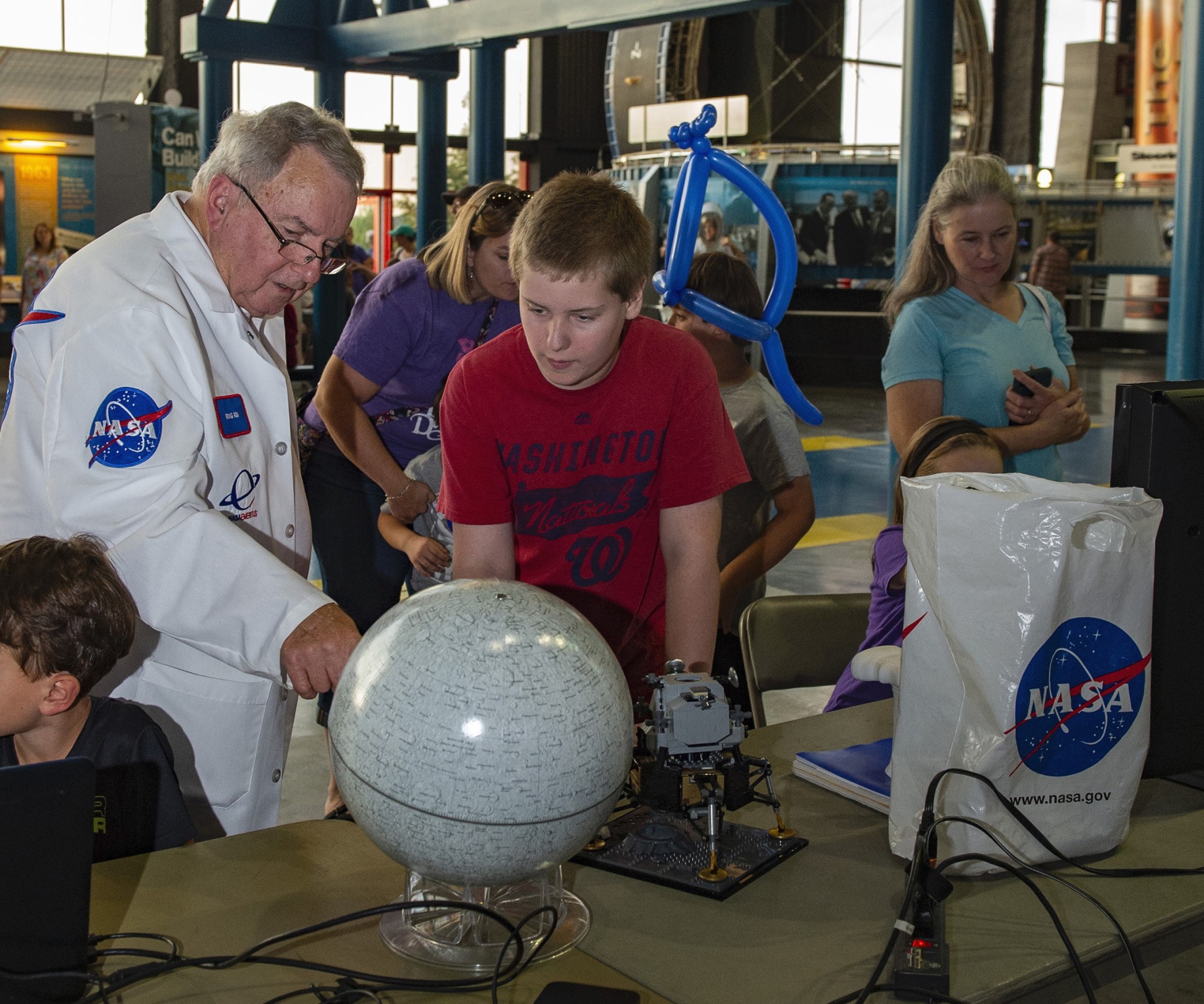
Retired NASA space thermal and systems engineer Ron Creel, left, gives visitor Caiden Williams a lunar geography lesson Oct. 5 during an International Observe the Moon Night event at the U.S. Space & Rocket Center. NASA’s Planetary Missions Program Office, managed by NASA’s Marshall Space Flight Center, organized and hosted the annual outreach event. (NASA/Emmett Given)
This Week in NASA History: STS-112 Launches to Space Station – Oct. 7, 2002
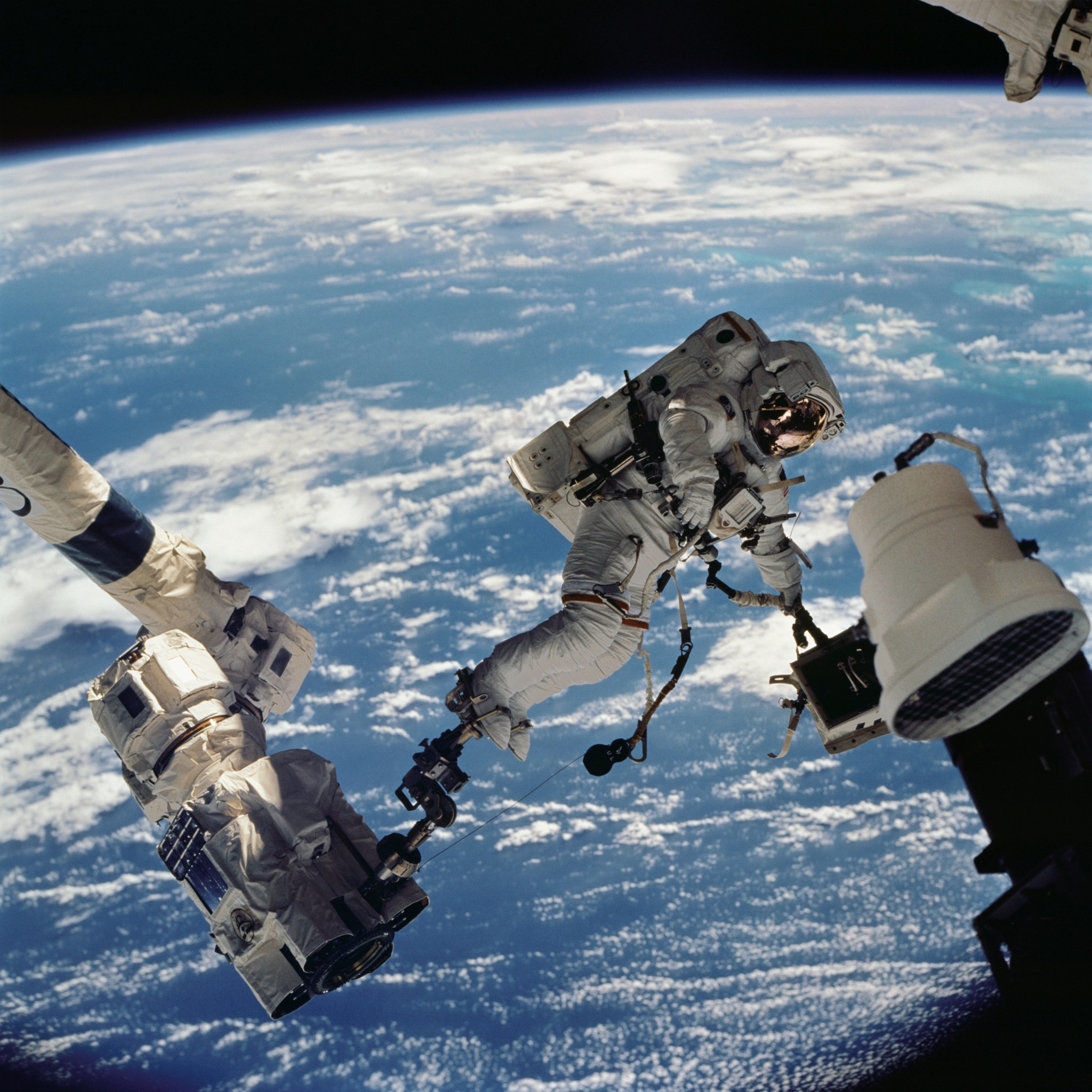
This week in 2002, the space shuttle Atlantis, mission STS-112, lifted off from Pad 39B at NASA’s Kennedy Space Center to the International Space Station. STS-112 carried two primary payloads: the S1 integrated truss segment and the Crew and Equipment Translation Aid Cart A, the first of two human-powered carts that would ride along the space station railway, providing mobile work platforms for future spacewalking astronauts. Here, mission specialist David Wolf participates in the mission’s first extravehicular activity. Wolf is carrying the S1 outboard nadir external camera, which was installed on the end of the S1 Truss on the station. Today, the Payload Operations Integration Center at NASA’s Marshall Space Flight Center serves as “science central” for the International Space Station, working 24/7, 365 days a year in support of the orbiting laboratory’s science experiments. The NASA History Program is responsible for generating, disseminating and preserving NASA’s remarkable history and providing a comprehensive understanding of the institutional, cultural, social, political, economic, technological and scientific aspects of NASA’s activities in aeronautics and space. For more pictures like this one and to connect to NASA’s history, visit the Marshall History Program’s webpage. (NASA)


























